Population Characteristics. To support this large-scale assessment, EAS scientists assisted Fluor Hanford to develop the data quality objectives and sampling and analysis plans, and we collected hundreds of field samples to evaluate the ecological health or condition of terrestrial habitats. EAS sampled air, soil, and biota and measured individual and population characteristics of lizards, mammals, and invertebrates. EAS also prepared the soil and biota samples at EAS’s sample processing facility. We used a multi-incremental sample compositing technique that helped reduce the variability of the contaminant results so differences between sites were more readily detected. EAS also developed a tiered approach to assess risk to threatened and endangered species when collecting specimen samples was not practical.
Environmental Characterization At West Lake, EAS conducted a detailed environmental characterization to fill data gaps related to mammals, birds, amphibians, aquatic invertebrates, vegetation, and water quality. We also performed an exposure pathway verification and screening-level risk evaluation for West Lake. These activities included documenting current vegetative cover, species presence, and habitat use; collecting abiotic and biotic samples; and evaluating potential hazards of contaminants in sediment, surface water, pore water, mineral crusts, and aquatic macroinvertebrate tissue, as well as surface soil in and adjacent to West Lake.
Information from this study was important not only because it supported the risk assessment but also because it provided data on the ecological characteristics of West Lake. No such survey had been conducted there for more than 30 years.
Data Review. For this project, EAS also reviewed and analyzed findings from ecological risk assessment data collected between 2005 and 2007 and presented the findings to regulators and stakeholders. Our staff provided an extensive review of the data quality following highest QA/QC standards set for government, industry, and CERCLA/RCRA investigations. We also incorporated ecological and contaminant data into a public-domain database and produced reports summarizing the data using the U.S. Environmental Protection Agency (EPA) ecological risk assessment guidance process.
